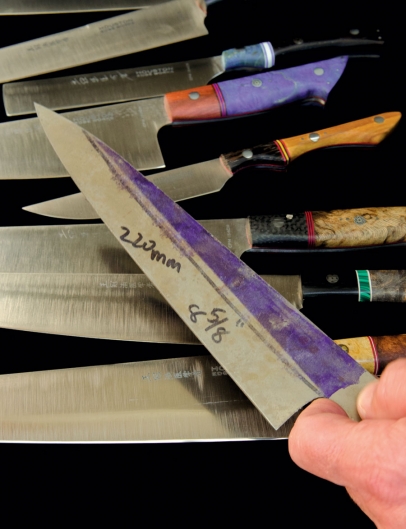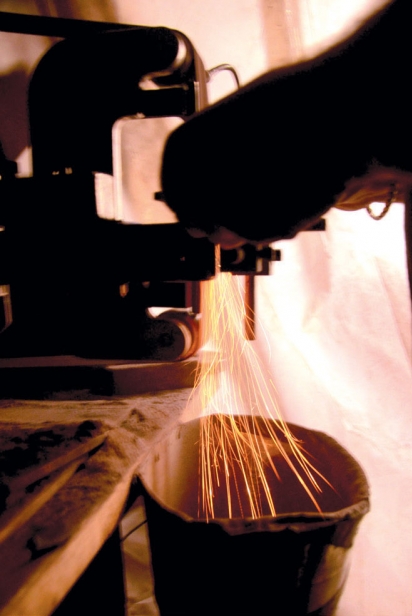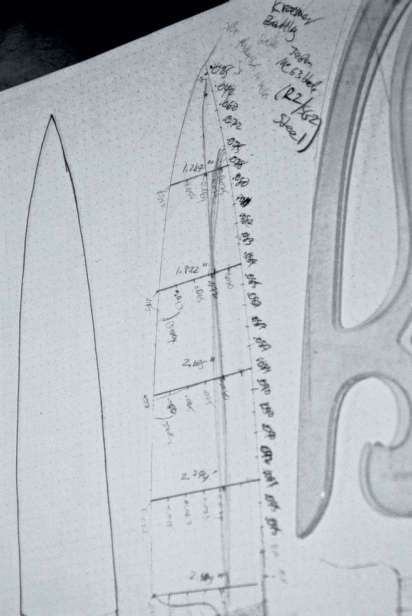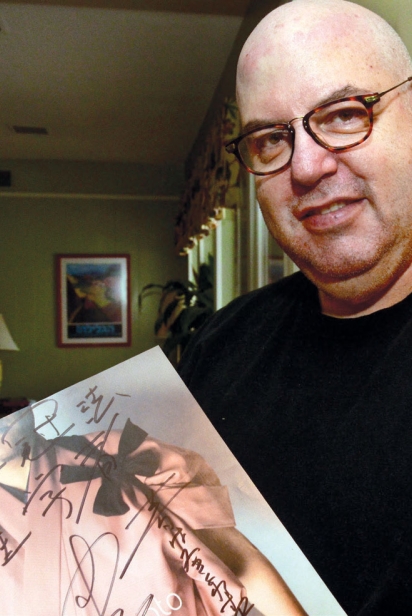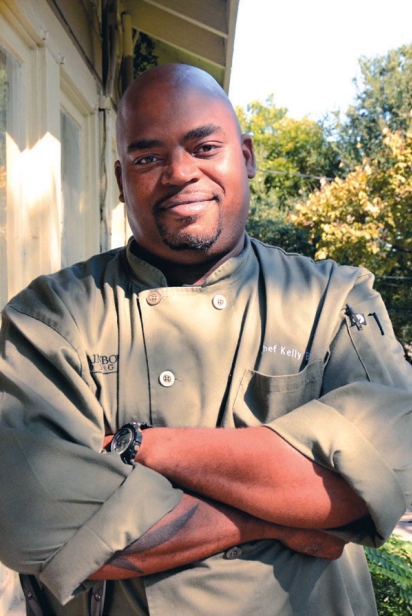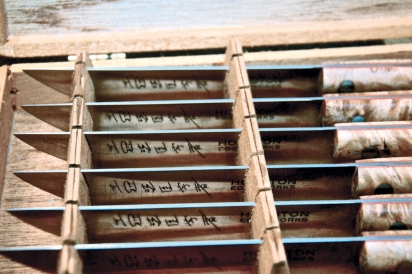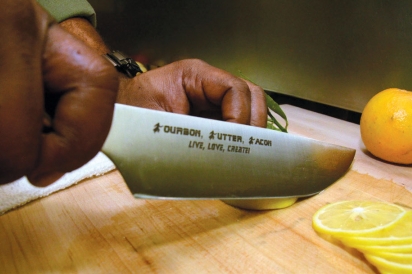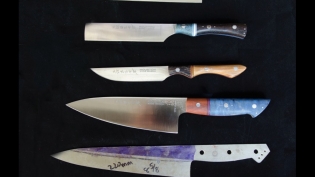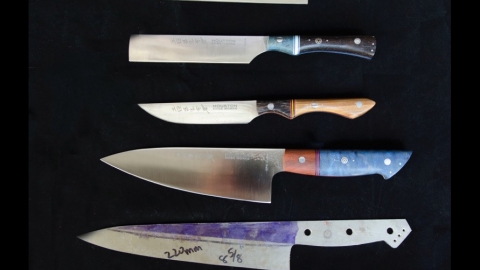Houston Knife Maker is a Favorite with Local Chefs
Local knife maker whets the interest of top chefs
Imagine how you’d feel if a complete stranger offered to build you a knife. That’s just the question Kelly Boyd, executive chef of Rainbow Lodge, asked himself when a man messaged him on Facebook offering to show off his artisan blades. “It was one of those eerie feelings, like, ‘How does this guy even know who I am?’” Boyd says of his initial correspondence with Dr. Stephen Pustilnik, a local knife maker.
One meeting later and Boyd’s fear was replaced with resounding captivation as he studied Pustilnik’s delicate craftsmanship and extraordinary detail in transforming high-quality steel and handles into viable culinary art. “As a chef, you take a lot of pride in what you do, and that’s something that extends down to the hardware we use,” Boyd says. “Stephen has such a passion and talent for building great knives, so I understand why chefs want to work with him.”
What’s more intriguing than Pustilnik’s work, however, is how the maker wandered into the sharp-edged profession in the first place. Though Pustilnik has no formal culinary training, he knows his way around muscles, tissues, organs and scalpels. By day, Pustilnik works as a forensic pathologist performing autopsies and detailing stories of the human condition. When the workday is complete, Pustilnik retreats to his home workshop among his 300 cookbooks where he draws, designs, selects metals, cuts, grinds, sands and measures a slew of personalized knives for clients like James Beard Award winner Chris Shepherd, SaltAir Seafood Kitchen’s E.J. Miller, “Top Chef” winner Michael Voltaggio and celebrity-turned-TV-chef Haylie Duff.
Utilizing raw materials you won’t find in a Sur La Table or Williams- Sonoma—think: superior steel, carbon fiber, combat steel, mosaic pins, canary wood, mammoth tooth and red stag antlers—Pustilnik dedicates 12 to 14 hours to building the perfect knife for each of his clients.
Similar to his correspondence with Boyd, Pustilnik also approached Shepherd and asked if he could build the popular Underbelly chef a knife: “Stephen just showed up at the bar one day and told me he made great knives, so I asked him to create one for me,” Shepherd says. “[Stephen] understands how a knife is supposed to fit in your hand—his knives have ergonomics. The steel he uses is top-notch and makes cutting anything—vegetables, meat, fish—a dream. And, as always, I’m proud to support a local craftsman.”
Oyster knives, chef knives, butcher knives, steak knives—if a customer imagines it, Pustilnik will bring the idea to fruition with his access to high-quality steels and rare materials. Haylie Duff’s tulipwood- handled knife is a tribute to her obsession with pink, and Boyd’s pecan wood-handled knife is scribed with the chef’s motto—Bourbon, Butter, Bacon—in the same script as the movie Blade Runner. “It’s one of those tools that makes you feel like you’re Davy Crockett or Lewis and Clark,” Boyd jokes.
Pustilnik’s captivation with blades wasn’t fostered out of passion but rather a need for quality work tools—something that wasn’t readily available in his career. “Pathologists are stuck in hospital basements and the back of medical school classrooms. We don’t prescribe medicine, we don’t bill patients, so we have no real marketing value,” he says. “I was always trying to find a good sharpener and knife that would make the precise and clean cuts I needed.”
In his pursuit of the right hardware, Pustilnik turned to Russell Montgomery of Serenity Knives, who built Pustilnik a chalef—a tool commonly used by kosher butchers. The two-inch-wide, 20-inch long blade set the pathologist on his way to learning even more about various steels, knife handles and more. Years after acquiring his prized chalef, Pustilnik has now transformed from student to teacher. His access to materials, including super carbon steel, giraffe femur, dyed sycamore and birds-eye maple, presents a treasure trove of many—perhaps too many—knife designs.
“You have to provide clients with guidance, or otherwise they’ll stand staring at all the materials for two hours trying to build their dream knife.” Visit houstonedgeworks.com to find more information on options and pricing.


